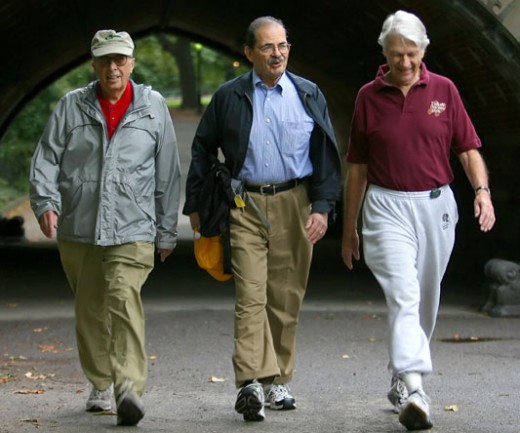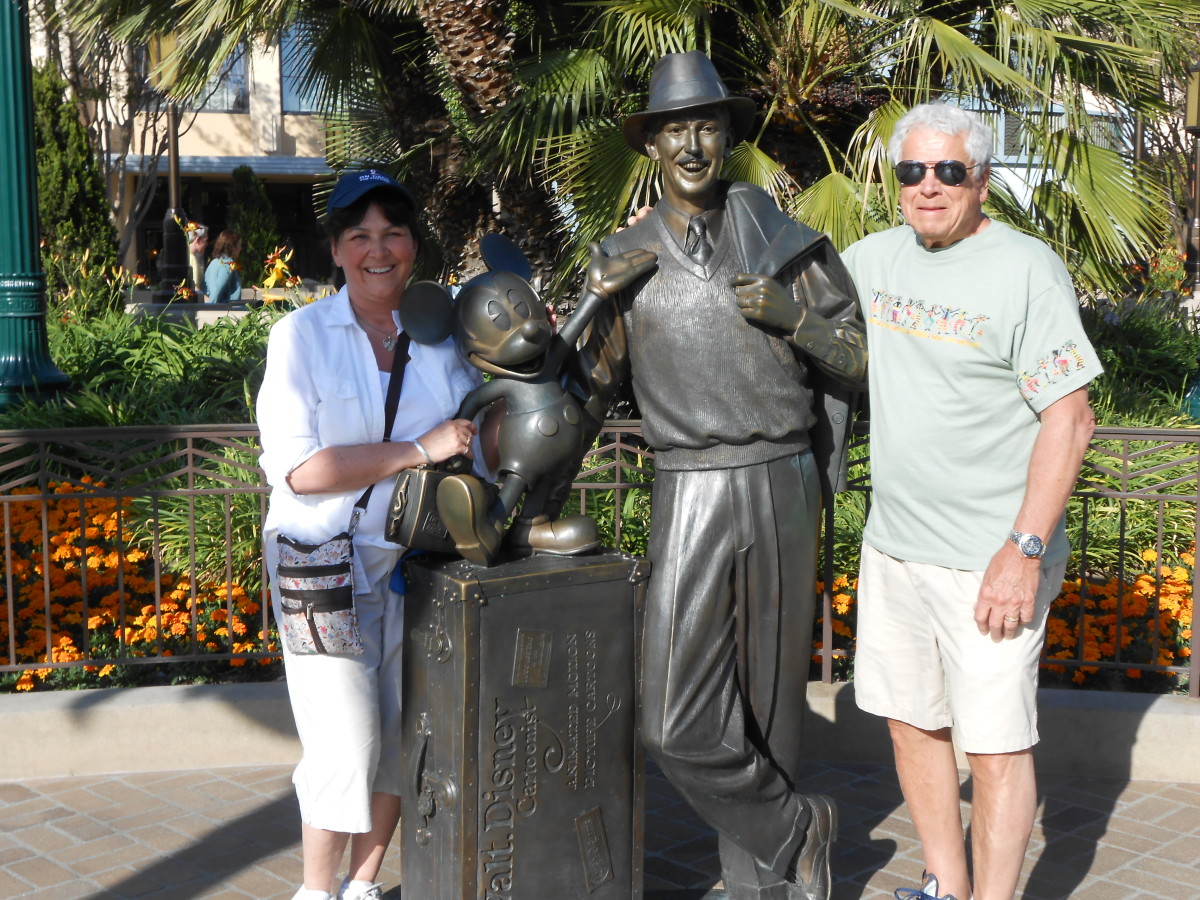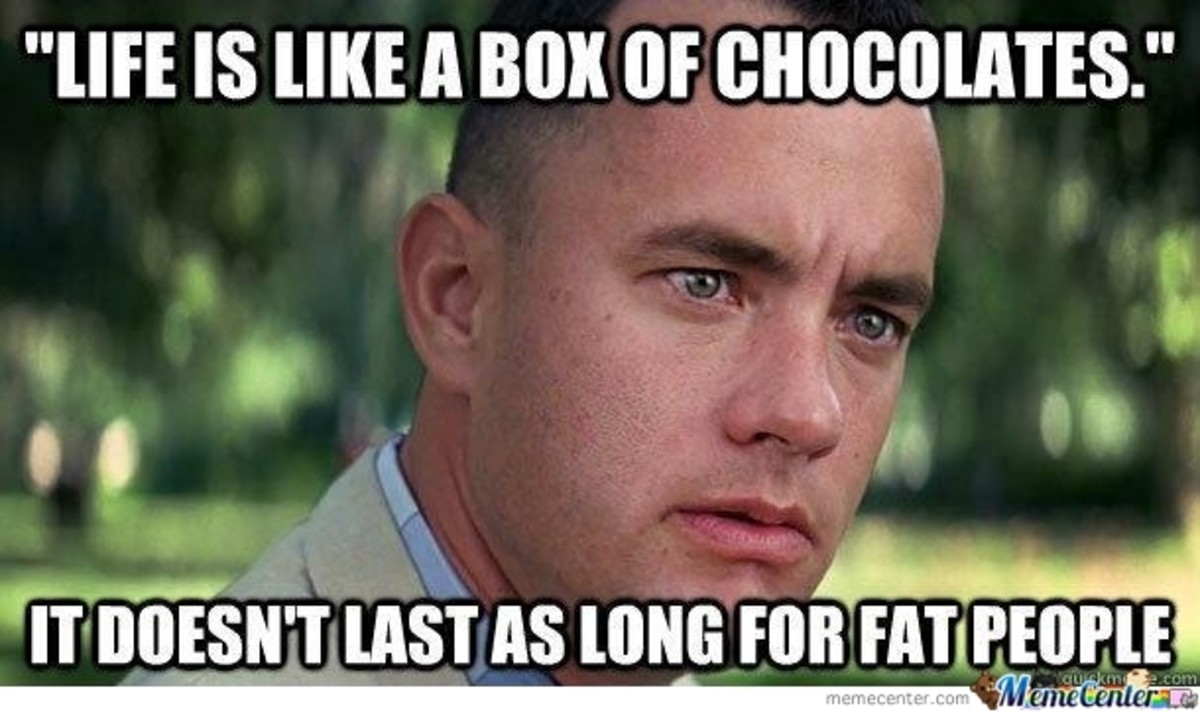Seniors: Try This To Lose Weight & Sleep Great

Many people over the age of 65 are finding it increasingly difficult to maintain their proper weight. They also notice that they are beginning to have difficulty with their balance. Their nights are often sleepless. Even the simple act of putting on socks and shoes has become difficult.
For the great majority of these ills, there is a quick cure that can return them to health in a matter of a few weeks. They must turn off the television and start walking.
That’s all. Walking. It has been proven to trim off the pounds and even the years. Here’s a can’t miss formula for beginning a walking program.
Step One. Take One Step.
Step Two. Take another.
FIRST WEEK: One step, then another. Walk, don’t run. Scope out a one mile course around your house and walk it. Walk it once a day everyday for the whole week. If there is a store nearby, walk to the store, buy a newspaper and walk back.
On WEEK TWO, begin timing yourself. Buy a stopwatch, use your cell phone, or whatever; but make sure you time yourself everyday and keep a log. Buy a monthly planner and faithfully record your results. If the weather is bad and you can’t get out, then walk in place in your living room for at least fifteen minutes. If you are making your daily walk to the store to buy a newspaper, during week two you can also buy a Caramello Bar! You can eat it on the way back home. It’s okay, because now that you are a walker, your metabolism is beginning to speed up. As peoples years go up, their metabolism goes down, so the pounds pack on much easier than before. With increased metabolism you can EAT MORE AND STILL LOSE WEIGHT.
WEEK THREE: Continue your daily walk. You may now take one day off during the week. Don’t worry about missing a day. As previously stated, with your new Metabolism, you will still be burning extra calories even while skipping a workout. At this stage, it’s a good time to think about all the sugar you consume. If you use one spoonful of sugar in your coffee and you have 4 cups of coffee in a day, that’s a small mountain of sugar that you do not need. Four spoons of sugar equals 60 calories. The American Heart Association recommends not more than 100 calories a day from all sources for sugar. Cut back to a half spoonful sugar and you will be down to just 30 calories a day from your coffee. Try to have cereal in the morning that is not pre sweetened. Go back to the big round container of oats for the morning meal. Don’t buy those little packets because they are loaded with extras - the extras are no good for you. Compare the contents of a box of Quaker Oats, to the contents of the little instant packs. They are made by the same company, but are very different as you will see.
WEEK FOUR: Time now to get serious. You are not training for a marathon so you don’t have to push yourself to exhaustion, but it is time to work a little harder. A bit more strain in your workout will help take the strain off your heart. Use a modified Fartlek system. The Fartlek method is a form of interval training - varying your pace.
If you are doing a two mile walk, for example, start out slowly for the first five minutes. For the second five minutes walk as fast as you can. Slow down for the Third five minutes. For the next interval do one more very rapid walk and then walk at a normal pace for the rest of the two miles.
WEEK FIVE: You will now be at the point where you can walk four days a week and take three days off, if you wish. I think daily walking is better, but sometimes the weather, or some personal chores, get in the way.
There are many proven benefits to walking. One possible benefit, not proven yet, is that walking may help prevent Alzheimer's Disease. That would certainly be another great reason for walking.
Following my own program, in three months I lost 15 pounds - I dropped from 200 to 185. Weight loss was not my aim, it was just a side benefit. By my 68th birthday, my triglycerides had gotten high, so I needed to get them under control. The triglycerides (similar to cholesterol) are excess fats stored in the blood. The second problem that I needed to work on was high blood pressure.
My BP dropped from 150/100 to 130/70. Before I began walking I was taking Metoprolol and it was helping but I was still hitting the high 140s over 90s. After the three months my normal BP is in the 130s over 70s. I am still taking the Metoprolol, but I hope in another three months to be able to stop taking any BP medicine. Time will tell.
In the meantime, I am going to keep walking. I hope you will join me.








